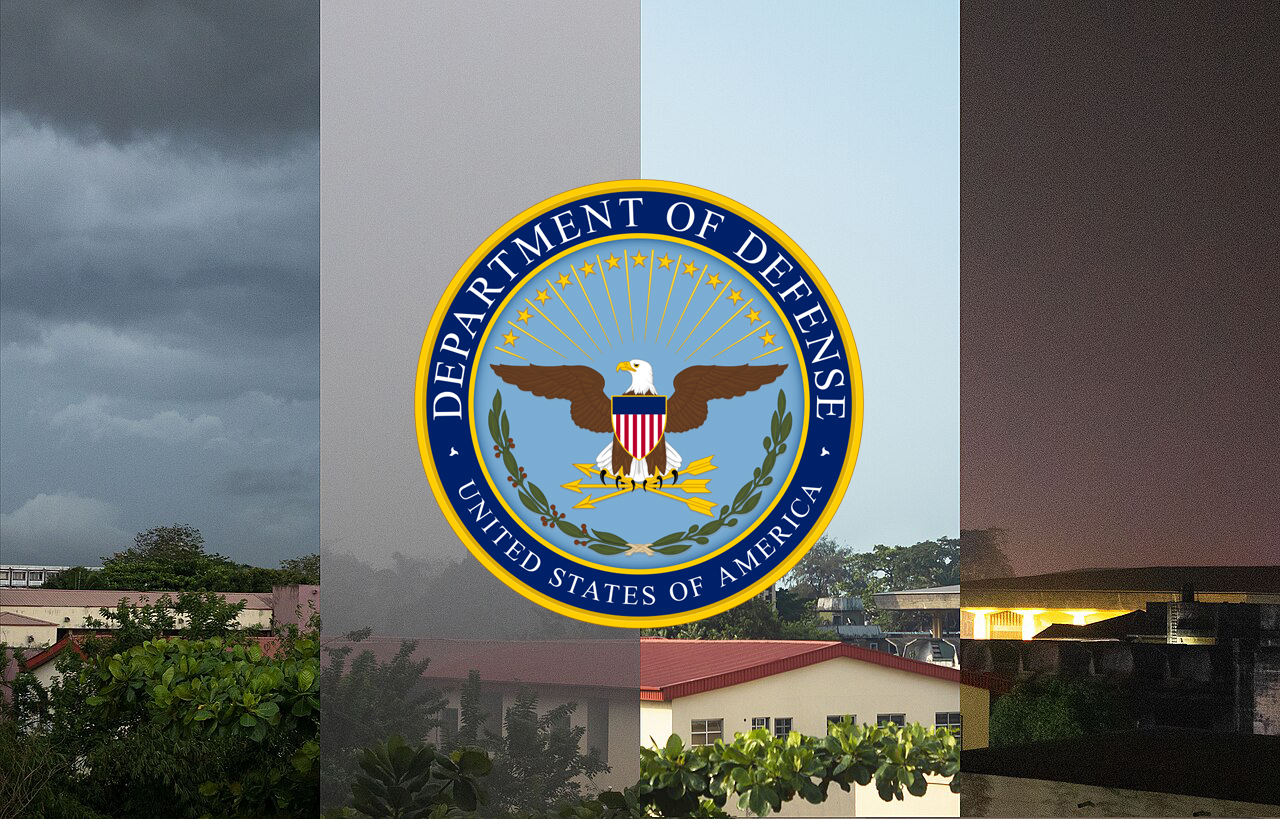 eather has always been a powerful force, capable of shaping the outcomes of battles and impacting societies. In recent years, there has been speculation about the United States military’s alleged pursuit of weather control capabilities, aiming to manipulate weather patterns worldwide by the year 2025. This ambitious objective, if true, raises numerous questions about the implications and feasibility of such a technology. This article explores the concept of weather control, its potential military applications, and the references made in the article “Weather as a Force Multiplier: Owning the Weather in 2025,” published by the Defense Technical Information Centre.
eather has always been a powerful force, capable of shaping the outcomes of battles and impacting societies. In recent years, there has been speculation about the United States military’s alleged pursuit of weather control capabilities, aiming to manipulate weather patterns worldwide by the year 2025. This ambitious objective, if true, raises numerous questions about the implications and feasibility of such a technology. This article explores the concept of weather control, its potential military applications, and the references made in the article “Weather as a Force Multiplier: Owning the Weather in 2025,” published by the Defense Technical Information Centre.
Understanding Weather Control Technology
Weather control, also known as weather modification or geoengineering, refers to the deliberate manipulation of natural weather patterns. It involves altering atmospheric conditions through various techniques, such as cloud seeding, ionization, or even the use of electromagnetic waves. The idea of weather control has been explored for decades, but significant progress has been made in recent years, leading to increased speculation about the U.S. military’s potential involvement.
The article “Weather as a Force Multiplier: Owning the Weather in 2025,” published by the Defense Technical Information Centre, delves into the concept of using weather control as a strategic advantage. It suggests that the U.S. military aims to harness weather manipulation as a force multiplier, enabling them to influence the outcomes of military operations. However, it is important to note that the article’s predictions and claims should be evaluated with a critical lens, as they may involve speculative scenarios rather than concrete plans.

While the idea of weather control may seem like science fiction, there have been real-world experiments and projects aimed at exploring its possibilities. For instance, cloud seeding, a technique involving the dispersion of substances into clouds to promote rainfall, has been employed in various regions to mitigate droughts. These experiments provide valuable insights into the potential of weather control technology, but they should not be conflated with the military’s alleged ambitions of global weather manipulation.
Potential Military Applications
The potential military applications of weather control technology are vast and multifaceted. One primary objective could be to enhance or disrupt communication systems by manipulating atmospheric conditions that affect radio waves and satellite signals. By controlling weather patterns, military forces could create strategic advantages by either enabling or impeding the enemy’s ability to coordinate operations effectively.

Another potential application lies in using weather control to weaken or incapacitate adversaries. For instance, the ability to trigger severe storms, hurricanes, or droughts could severely impact the agriculture and infrastructure of enemy nations, destabilizing their economies and diminishing their military capabilities. However, it is crucial to note that deploying such tactics raises ethical and humanitarian concerns, as they may result in collateral damage and indiscriminate suffering among civilian populations.
Additionally, weather control could be utilized to protect military assets and territories. By modifying weather patterns, the military could create advantageous conditions for its own operations while impeding enemy movements. This could involve generating fog or heavy rainfall to reduce visibility or creating strong wind patterns that disrupt aerial operations. However, the feasibility and effectiveness of such tactics on a large scale remain uncertain and would require extensive research and development.
Evaluating Feasibility and Challenges
Achieving global weather control by 2025, as suggested by the referenced article, presents significant technological and logistical challenges. Weather systems are incredibly complex and interconnected, making it difficult to predict and manipulate them on a large scale. Developing the capability to influence weather patterns across different geographical regions would require a thorough understanding of atmospheric dynamics, sophisticated modeling techniques, and substantial computing power.
Furthermore, weather control efforts must consider the potential unintended consequences and ecological impacts. Altering weather patterns in one area may lead to unforeseen disruptions in other regions, affecting ecosystems, agricultural cycles, and water resources. Responsible deployment of weather control technology would necessitate careful consideration of its long-term effects and adherence to international agreements and environmental protocols.
It is essential to maintain a critical perspective when examining claims and predictions about the U.S. military’s ambitions regarding weather control. While it is plausible that research and development in this field are ongoing, the achievement of global weather control by 2025 may be an overly optimistic timeline. The practical and ethical considerations surrounding weather control technology demand thorough evaluation and public discourse to ensure responsible and beneficial applications.
Weather control technology remains an intriguing area of scientific research with potential military applications. The article “Weather as a Force Multiplier: Owning the Weather in 2025” provides speculative insights into the possible intentions of the U.S. military. However, it is crucial to approach these claims with critical thinking, recognizing the challenges and uncertainties associated with achieving global weather control. Balancing the potential benefits with ethical considerations and ecological impacts is essential to ensure responsible use of such technology, if it were to become a reality in the future.
Please find attached the article referred to throughout the article.
Avid Writer with invaluable knowledge of Humanity!
Upcoming historian with over 30 million views online.
“You make your own life.”





